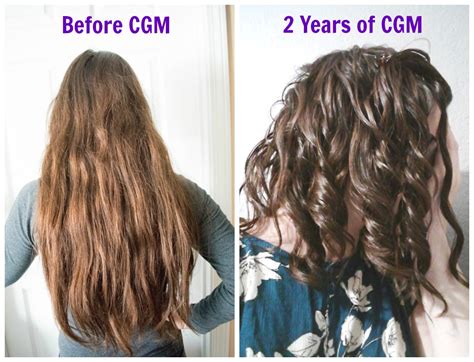Comparable to Wet and Wavy Hair: Everything You Need to Know
Comparable to wet and wavy hair, the global hair care market is expected to reach $119.24 billion by 2027, growing at a CAGR of 4.7% from 2022 to 2027. This growth is attributed to the increasing demand for hair care products that can provide nourishment, hydration, and styling options for wet and wavy hair types.

Wet and wavy hair is characterized by its combination of loose, defined waves and a slight tendency to frizz. This hair type often requires specific care and styling techniques to maintain its health and enhance its natural beauty.
Several key trends are shaping the wet and wavy hair care market, including:
- The rise of natural and organic products: Consumers are increasingly seeking hair care products made with natural and organic ingredients that avoid harsh chemicals.
- The development of innovative styling tools: New styling tools like air dryers with diffuser attachments and curling irons specifically designed for wet and wavy hair are making it easier to achieve salon-quality results at home.
- The personalization of hair care regimens: With the advancement of technology, consumers have access to personalized hair care regimens that cater to their specific hair needs and preferences.
To maintain the health and beauty of wet and wavy hair, proper hair care is essential:
- Use a gentle shampoo: Avoid using harsh shampoos that can strip away natural oils and leave hair feeling dry. Opt for a shampoo formulated for wet and wavy hair that gently cleanses while providing moisture.
- Condition regularly: Use a nourishing conditioner after every shampoo to hydrate and detangle hair. Leave-in conditioners can also provide additional moisture and protection.
- Detangle before brushing: Gently detangle hair with a wide-toothed comb or brush before using a regular brush. This helps to prevent breakage and reduce frizz.
- Use styling products sparingly: Apply styling products, such as mousse or gel, sparingly to define curls without weighing them down.
To style wet and wavy hair effectively, consider the following strategies:
- Enhance natural waves: Embrace the natural wave pattern by applying a wave-enhancing spray or cream to damp hair, then air-dry or diffuse on low heat.
- Define curls: Use a curling wand or iron to create defined curls. Apply a heat protectant beforehand to prevent damage.
- Control frizz: To combat frizz, apply an anti-frizz serum or spray to damp hair, then style as desired.
To avoid common mistakes that can damage wet and wavy hair, keep the following in mind:
- Over-washing: Excessive washing can strip away natural oils and lead to dryness and frizz. Wash your hair only when necessary.
- Using hot water: Hot water can damage hair and make it more prone to frizz. Use lukewarm water for washing and rinsing.
- Brushing dry hair: Brushing dry hair can damage it and increase frizz. Detangle hair while wet and allow it to air-dry before brushing.
- Overusing styling products: Using too much styling product can weigh hair down and make it look greasy. Apply products sparingly and focus on the ends of the hair.
Wet and wavy hair is a beautiful and versatile hair type that requires specific care and styling techniques to maintain its health and beauty. By understanding the unique characteristics of wet and wavy hair and incorporating the proper hair care practices, you can enhance the natural beauty of your locks. Embrace your wet and wavy hair and explore the endless styling possibilities to create a look that reflects your personal style and confidence.
